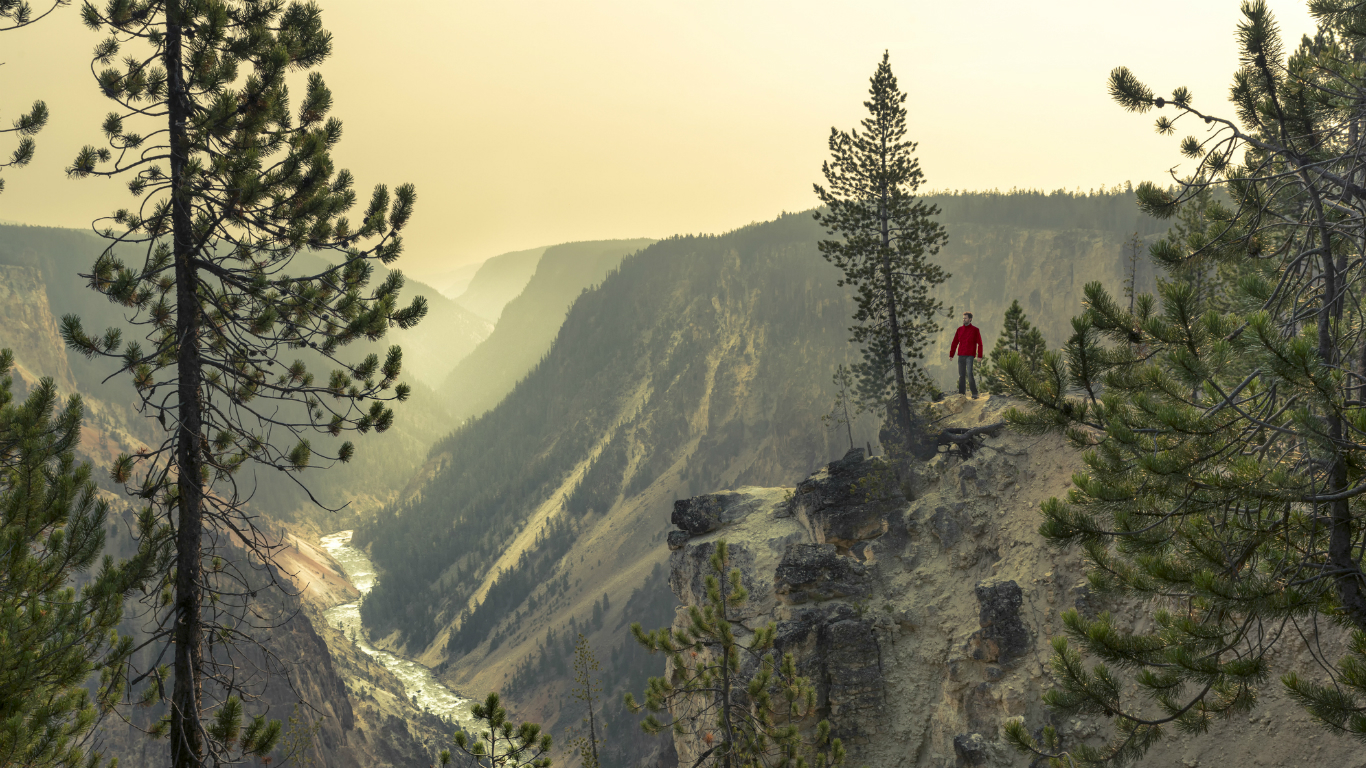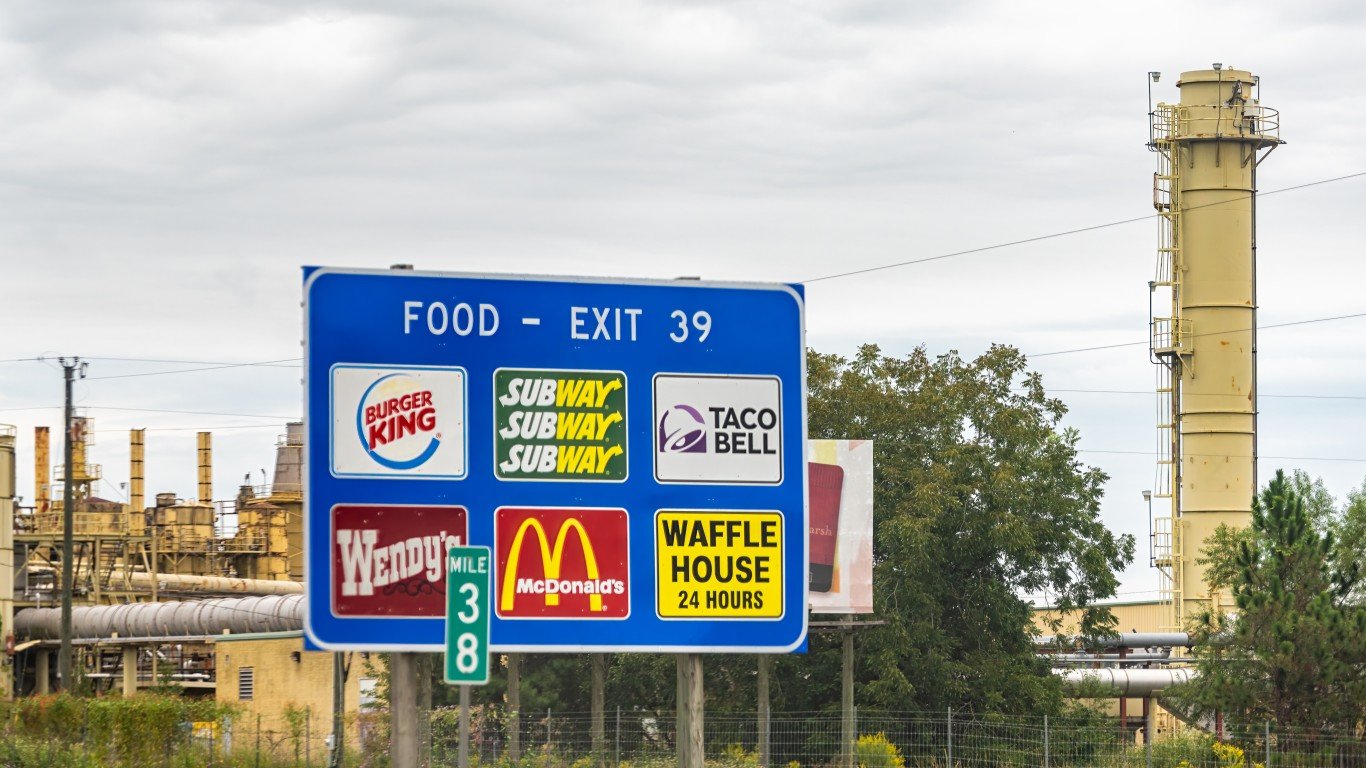

Our national parks are natural wonderlands — mountains, deserts, forests, beaches, lakes and rivers, grasslands, even glaciers, designated and protected by the U.S. Government for the enjoyment of all.
National parks might actually be hazardous to your health, according to a new report on air pollution in these national treasures issued by the National Parks Conservation Association, a non-profit nationwide organization dedicated to the preservation and celebration of these resources.
The NPCA study analyzed data for some 417 sites in the National Park system, including those designated as National Parks as well as cultural sites, national seashores, battlefields, memorials, etc. across each state and including U.S. territories. It found that 85% of national parks — some 354 of them — have unhealthy air quality at least some of the time, with 87 of these showing ozone levels that are of “significant concern.”
Four of the parks most badly affected are in California — Sequoia, Joshua Tree, Mojave, and Kings Canyon. Air pollution levels here are comparable to or even higher than those in cities like Houston or Los Angeles, both among the most polluted cities in America.
In fact, 33 of the most popular national parks in America are as polluted as the country’s 20 largest cities.
While everyone is affected by bad air, the report points out, the risk is particularly strong for anyone exercising outdoors (which is exactly what many people do when they visit national parks), as well as children, the elderly, and anyone suffering from asthma or other respiratory illnesses.
It’s not just human beings who are at risk, either. The NPCA’s findings indicate that ozone pollution in the air slows tree and crop growth and causes the leaves of some types of trees to blacken and wither, while nitrogen and sulfur pollution through rain, snow, or fog changes soil and water chemistry, in turn affecting the survival of both plants and animals. Such pollution is harming sensitive species at 88% of national parks, amounting to 368 of them — with significant concern at 283 of those.
The NPCA report also stresses that climate change is a matter of significant concern for 80 percent of our national parks, due to extremes in temperature or precipitation or early spring onset. Temperatures in national parks are warming twice as fast as those in the country as a whole. Changes in policy by the Environmental Protection Agency under the Trump administration, says the report, have made matters worse. These are animals that are likely to go extinct due to climate change.
Take This Retirement Quiz To Get Matched With An Advisor Now (Sponsored)
Are you ready for retirement? Planning for retirement can be overwhelming, that’s why it could be a good idea to speak to a fiduciary financial advisor about your goals today.
Start by taking this retirement quiz right here from SmartAsset that will match you with up to 3 financial advisors that serve your area and beyond in 5 minutes. Smart Asset is now matching over 50,000 people a month.
Click here now to get started.
Thank you for reading! Have some feedback for us?
Contact the 24/7 Wall St. editorial team.



